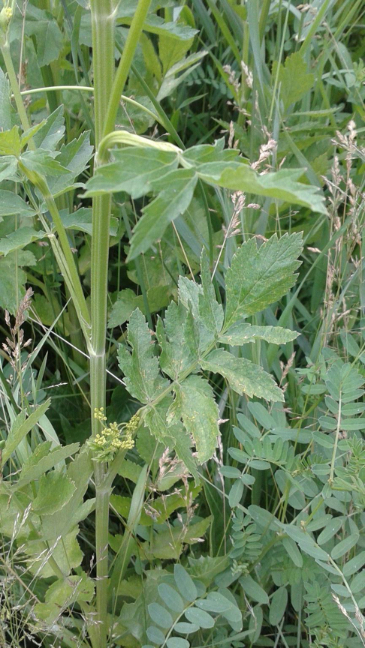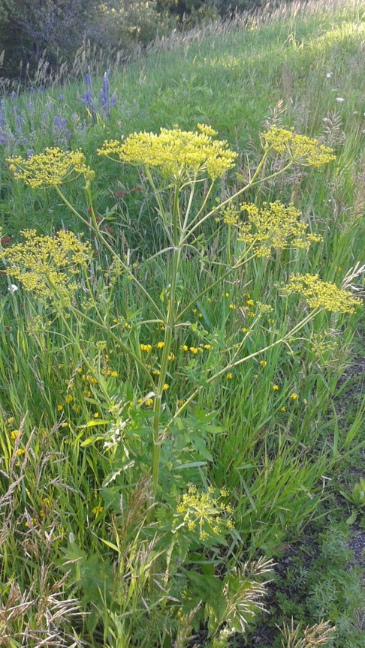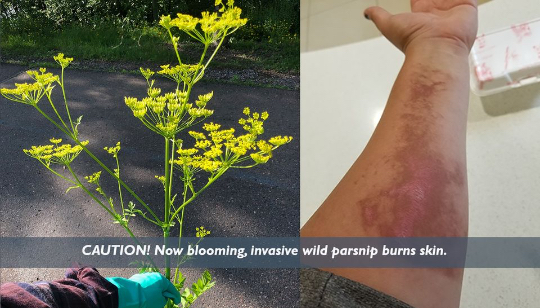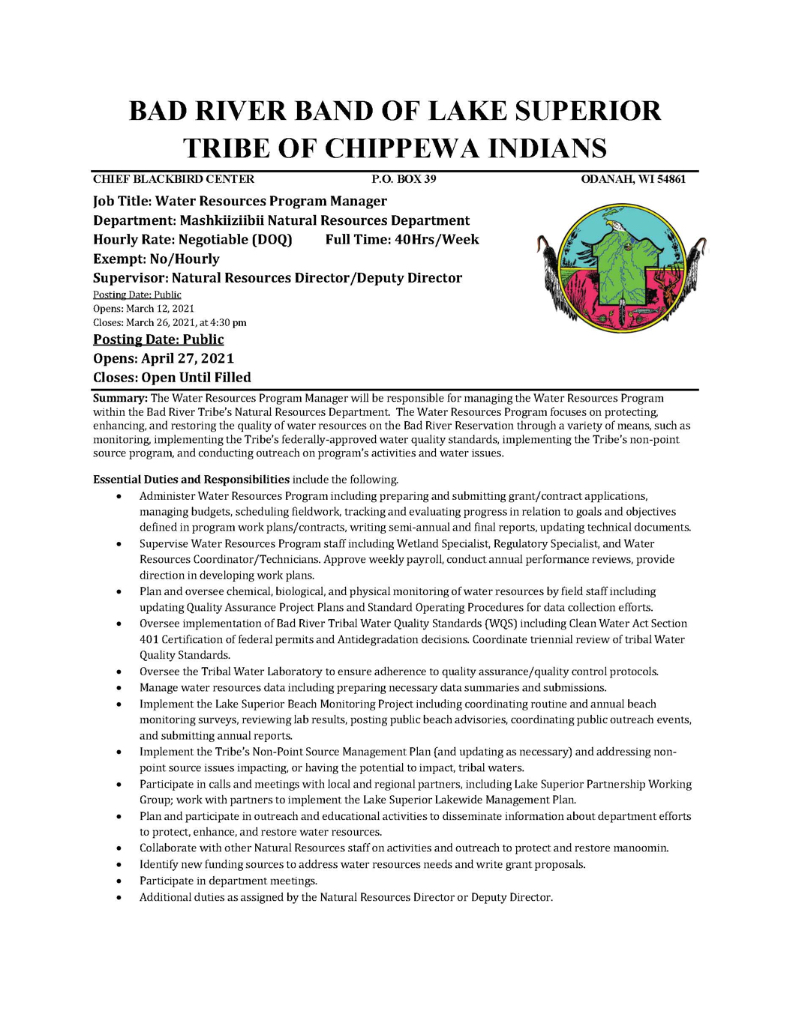1854 Rice Biologist, Darren Vogt, speaks about climate change effects on wild rice in Northern Minnesota:

1854 Rice Biologist, Darren Vogt, speaks about climate change effects on wild rice in Northern Minnesota:

1854 Treaty Authority’s 2021 Dagwaagin (fall) newsletter is now available!
It features 2021 moose hunt information, the 2021 hunting/trapping seasons, 2021waterfowl seasons, and 2021 ricing season information. Check out the various opportunities for youth hunters, including 1854 Ceded Territory Apprentice Hunter Designation, youth waterfowl days, and congratulate the 14 Bois Forte youth and staff that became certified in the last firearm safety training.
Applications are due by 4:00pm, August 20th, 2021. Must be postmarked no later than midnight August 20th, 2021 or delivered to 1854 Treaty Authority at 4428 Haines Road, Duluth, MN 55811 by 4:00 pm, August 20th, 2021. Completed applications can also be scanned and submitted by email to Morgan Swingen (
Lottery Drawing will be held August 27th, 2021 (if needed).
1854 Ceded Territory Moose season opens on October 2nd, 2021.
1854 Ceded Territory Moose Hunt Application and Information Booklet











Spring and summer fish die-offs happen occasionally, and we are getting widespread reports of dead fish following the recent prolonged stretch of hot weather. 
In mid-spring and summer, fish die-offs are often the result of warming water and opportunistic infections that spread in fish populations that are already stressed after the spawning season. Species commonly observed in these die-offs include sunfish, crappies and bullheads, and, occasionally, largemouth bass and northern pike.
If you encounter a large group of dead fish in a lake or a stream, please report them. Calling in a report provides a single point of contact for the incident. An early report also allows timely water sampling or other response actions, if needed. It’s especially helpful to know what fish types and sizes people see in a fish die-off.
More details: DNR fish die off page
1854 is offering firearm safety training for Bois Forte in July. Get registered today!

Ann Arbor, Michigan – Hundreds of organizations across the Great Lakes region will be coming together to educate boaters and the public about the risks of spreading aquatic invasive species (AIS) during the third annual Great Lakes AIS Landing Blitz, to be held June 26 to July 4. The event is coordinated annually among state and provincial agencies with the support of the Great Lakes Commission and partner organizations.
As part of the Landing Blitz, volunteers will join paid inspectors at boat launches to educate boaters on how to prevent the spread of AIS, ways to identify AIS, and how to report an AIS discovery. Properly inspecting and cleaning boats, trailers and other equipment helps prevent the spread of AIS, which are recognized as one of the most significant threats to the ecological and economic health of the Great Lakes.
“More than 185 nonnative species are already established in the Great Lakes, many of which are invasive and cause harm,” said Sharon M. Jackson, chair of the Great Lakes Commission and deputy general counsel for Indiana Governor Eric Holcomb. “Progress is being made, but we must continue to work together through successful partnerships like the AIS Landing Blitz to prevent new invasions and reduce the damage from species already here.”
1854 Treaty Authority Invasive Species staff will be staffed at Rice's Point, on the St. Louis River Estuary on Saturday June 26th. Stop by and get your boat cleaned, see some aquatic invasive species 'up close and personal', and pick up some FREE give-aways!!
Last year’s Great Lakes AIS Landing Blitz reached 128,000 people at over 1,000 public and private boat landings across the region, and an additional 830,000 people engaged with online virtual content and social media about the event. This year, agencies leading the effort will host a hybrid event, continuing to reinstate in-person inspections and outreach in accordance with relevant COVID-19 public health procedures while maintaining an online presence.
For more information on the Great Lakes AIS Landing Blitz, including educational materials, location, and volunteer opportunities, visit www.glc.org/blitz

.png?i=699)
Tuesday June 15th, 2021, 12:00pm-1:00pm
Laurel Wilson, wetlands specialist for the Grand Portage Band of Lake Superior Chippewa, will give an overview of current waterfowl and herptile monitoring in the 1854 Ceded Territory. In 2020 the Grand Portage Band of Lake Superior Chippewa and partners began an effort to establish baseline data on waterfowl and herptile populations in wetlands of the 1854 Ceded Territory. The data collected in this project will inform resource managers and improve understanding of population fluctuations happening within changing environmental conditions. Laurel will present preliminary results of one year of data collection and analysis of the survey methods used.
Kyle Magyera, local government outreach specialist for the Wisconsin Wetlands Association, will share information about a unique partnership effort to adapt to the changing climate in northwest Wisconsin. This presentation will highlight reestablishment of the landscape's natural capacity to store and manage water in the Marengo River Watershed of Ashland County, Wisconsin. Kyle will discuss an interdisciplinary, community-driven partnership project developing integrated assessment protocols and strategies to facilitate restoration, reduce flood risks, protect infrastructure and build resilience.
This event is a product of Minnesota Sea Grant's Twin Ports Climate Conversations project and supports our Community Resilience Program.
REGISTRATION REQUIRED: REGISTER HERE

Image credit: Dave Hoefler. Unsplash.com
BBQ and Boating Safety, 5-7pm

1854 Treaty Authority's 2021 Niibin (summer) newsletter is NOW AVAILABLE.
It features an update on 1854-Duluth office COVID-19 policy. Check out seasonal reminders, such as how to access treaty camping opportunities in the Superior National Forest, what ‘treaty access’ to the Boundary Waters Canoe Area Wilderness entails, and tips on boating safely. Meet our seasonal Resource Management staff, and learn how 1854 is doing our part to educate the 117th congress and the new administration of their trust responsibilities.
Need a refresher on the 1854 Treaty and what it means for you? Join the Iron Range 'We Are Water' speaker series Zoom Webinar this Thursday May 27th at 6pm! 1854 Treaty Authority Education/Outreach staff break down some of the misconceptions and interpret the case law that gave rise to our organization and snapshots of how we work to protect the culturally significant resources on ceded lands.
The Bad River Band of Lake Superior Tribe of Chippewa Indians in hiring a Wetland Specialist and a Water Resources Program Manager (full annoucement through the links - first page ONLY of vacancies below).
Bad River Application for Employment



The Grand Portage Band of Lake Superior Chippewa recently launched a website! Stay up to date on community, government, employment, tribal programs and land/resources. Click the image below to check it out:
